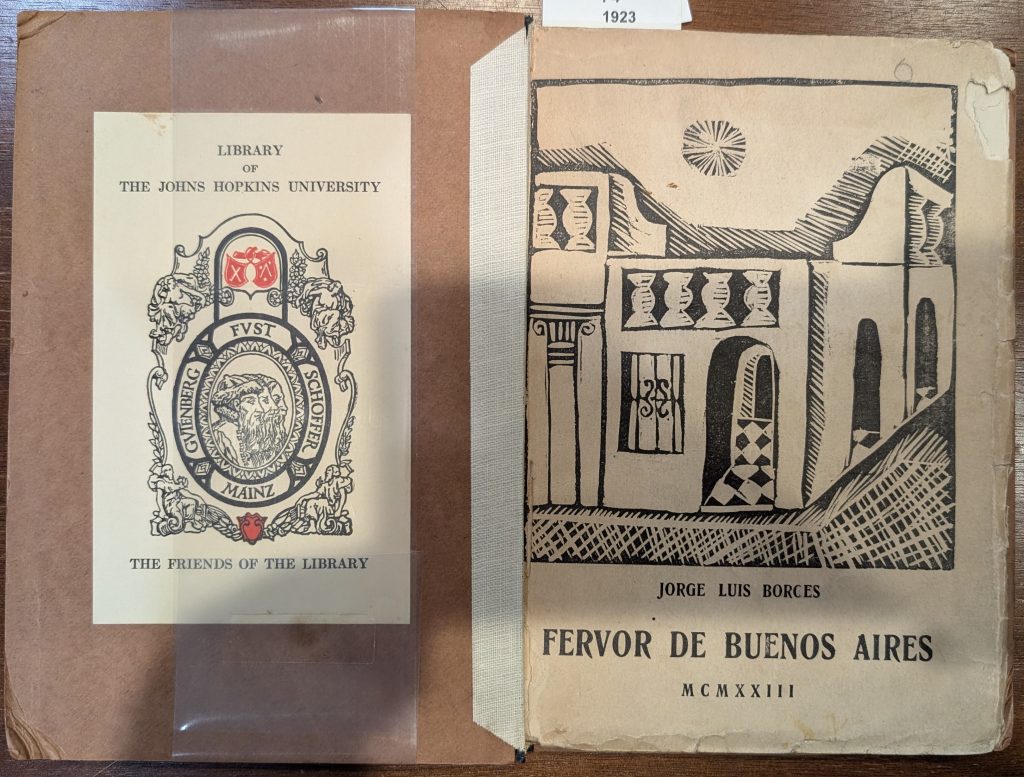Canto y Grito Mi Liberación established Ricardo Sánchez (1941-95) as one of the leading voices in the Chicano poetry movement. Sánchez spent most of the 1960s in prison where he earned his GED and began writing. He later went on to receive a doctorate, teaching creative writing and Chicano studies at Washington State University. Sánchez embraced Chicano cultural identity and challenged the assimilation of Chicano Americans.
Manuel Gregorio Acosta (1921-89) was a Mexican-born American painter, muralist, sculptor, and illustrator. His work received more recognition during the Chicano movement, and his portrait of Cesar Chavez was reproduced on the cover of Time magazine in 1969.













